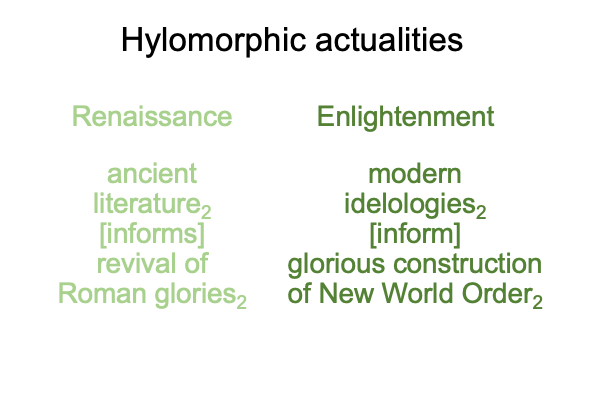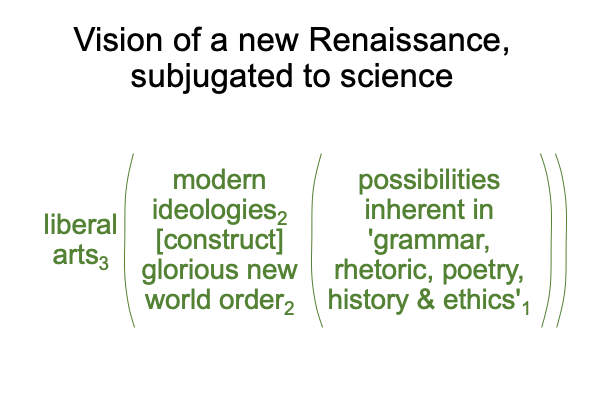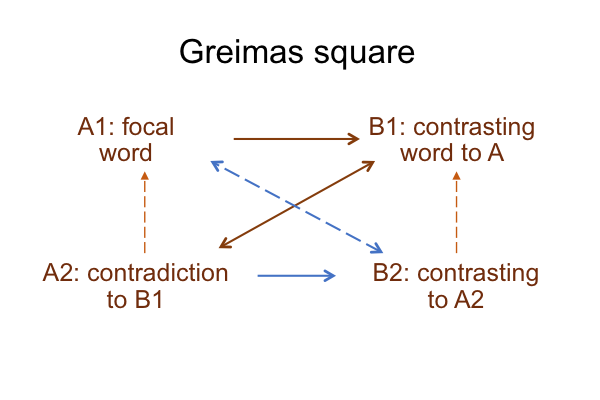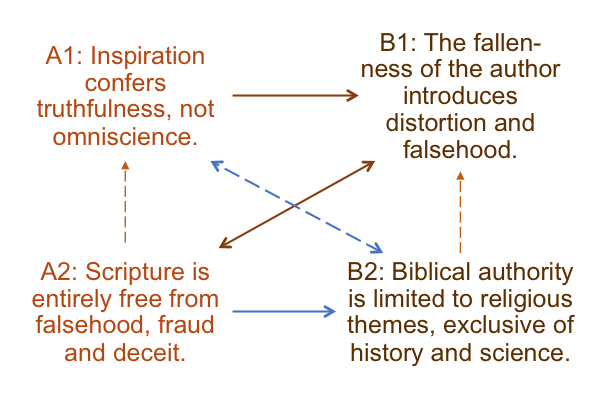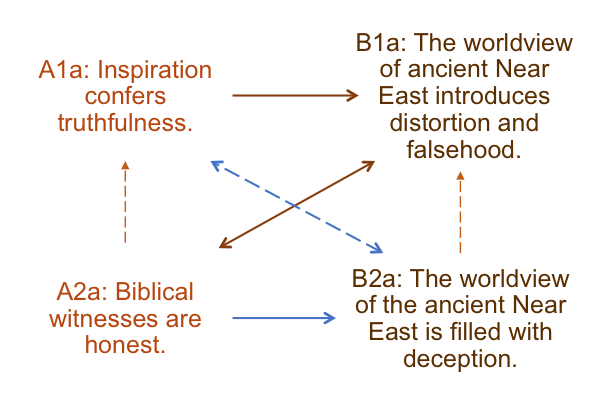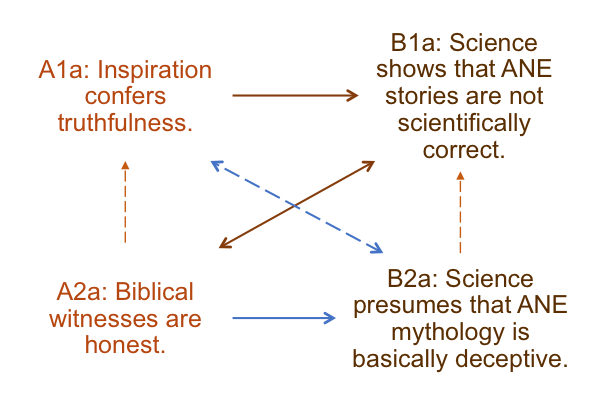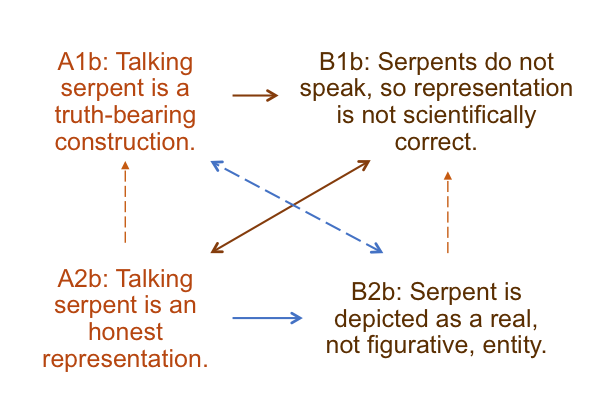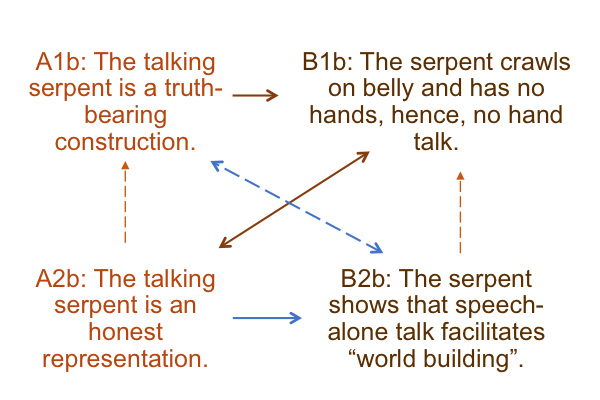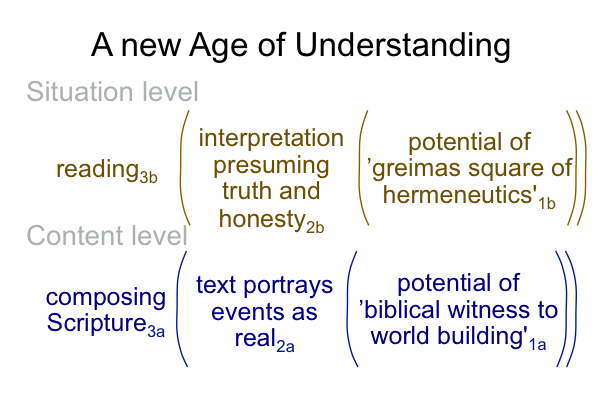Looking at Peter Redpath’s Essay (2000) “The Homeschool Renaissance” (Part 13 of 17)
0061 Redpath portrays the subjugation of Renaissance humanism to the burgeoning empirio-schematic sciences as a defeat.
Renaissance humanism begins by attacking our natural abilities to form general abstract ideas (as seen in the scholastic judgment) and replacing them with oracular and occult beings of the imagination (as seen in the Renaissance judgment). “Oracular” means “to speak as an oracle”. “Occult” means a coagulation within an induced dissolution.
Yes, there is a tiny flaw. The disciplines of grammar, rhetoric, poetry, history and ethics neglect logic. That flaw grows into a blind spot that cannot envision either Kepler’s mathematical models or Descartes’ mechanistic formulations. Renaissance humanists set the stage for the subjugation of the liberal arts to the empirical sciences.
Empirio-schematics considers only material and instrumental causes. Partial logic is enough to overthrow a complete neglect of knowledge. Or, should I say? Material and instrumental causalities make more impact than final and formal causalitieis, at least in the short run.
The Age of Ideas begins with a small error, because empirio-schematics does not include final or formal causation. Indeed, it seems that final and formal causalities remain alive, although subjugated, in modern humanism.
0062 Redpath says that a small flaw grows into a catastrophic undoing.
This must be avoided for the upcoming homeschooling renaissance.
0063 I introduce a slightly different opinion, by asking, “Does the subjugation of the Renaissance humanists open the door for Enlightenment humanists, who construct novel grammatical and ethical, oracular and occult beings, such as the slogan, ‘Liberty, equality and fraternity’, within the confines of their servitude to science?”
0064 The Enlightenment fosters a new rhetoric, a new poetics, and a new history, all compatible with the empirio-schematic judgment. The social sciences are born. The Renaissance vision of the rebirth of Rome digests in its own juices, and coagulates as designs for a New World Order, guided by its own deep grammar and imposing its own ethical demands.
The natural sciences give birth to the social sciences. The social sciences give birth to the sciences of configuring a New World Order.
Here is a picture of this alternate ending to Redpath’s story.
